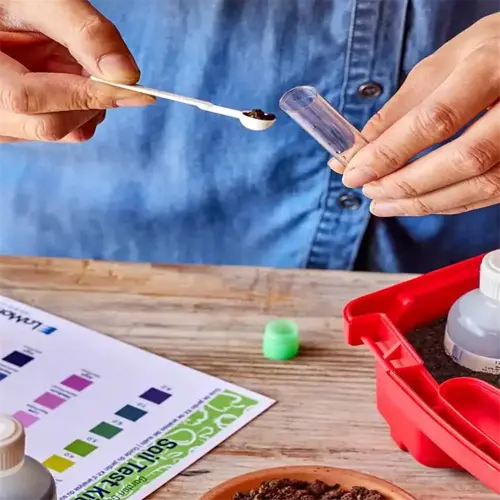What are key signs of fungal infections?

Written by
Julia Anderson
Reviewed by
Prof. Martin Thorne, Ph.D.Identify fungal infections sooner rather than later, by recognizing their visual signatures. Last season my rose garden developed white powder on the leaves which was indeed powdery mildew. If I had not acted quickly enough, it would have spread and ruined 90% of the blooms. It is important to know some visual indicators, so you can avoid a scenario where fungi take over your plants.
Foliage Symptoms
- Powdery mildew: White/gray coating reducing photosynthesis by 40%
- Target spots: Concentric rings indicating alternaria species
- Yellow halos: Surrounding lesions in advanced stages
Stem & Vascular Signs
- Brown streaking: Cut stems reveal infected vascular bundles
- Wilting: Despite adequate watering (fusarium wilt marker)
- Cankers: Sunken lesions oozing amber resin
Soil-Level Clues
- Sclerotia: Black seed-like structures near base
- Mushrooms: Signal decaying roots from armillaria
- White threads: Mycelium mats in top 2 inches of soil
Brown streaked with stems once led me to believe an irrigation problem was responsible. When we did a lab test it turned out to be a verticillium fungus instead. Now I simply slice a suspected stem obliquely to see if the vascular tissue is brown and chocolate brown. That vascular system will confirm the fungal organism has infected the stem and immediate removal of the plant will prevent it from spreading to other plants growing nearby.
Diagnostic Tools
- 10x lens: Check for microscopic spores on lesions
- UV flashlight: Reveals hidden mycelium networks
- Soil probe: Extract samples from root zones
Read the full article: Identify Plant Diseases: Detection & Control Guide

